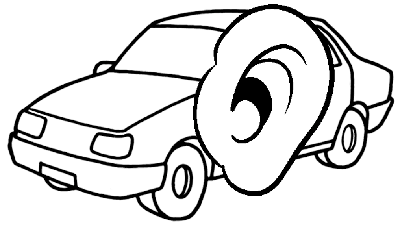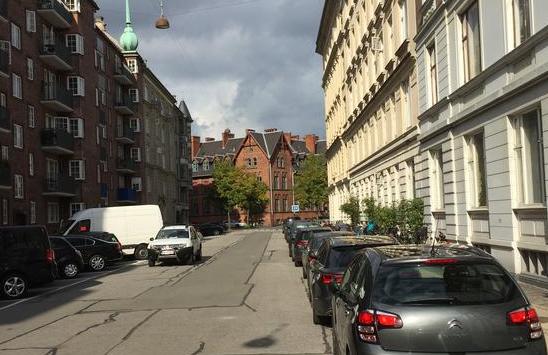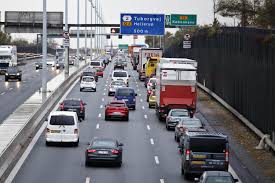Understanding Noise and Taking Action
 Improving the people's quality of life is the ultimate goal of applied research.
Ambient acoustic noise in urban areas can be so loud that
not only is
annoying, but also may cause serious pathologies
with consequent high social costs.
Improving the people's quality of life is the ultimate goal of applied research.
Ambient acoustic noise in urban areas can be so loud that
not only is
annoying, but also may cause serious pathologies
with consequent high social costs.
In a fully digitalized and connected city, a "Smart City", it is desirable to have accurate and reliable city noise maps based on ambient noise monitoring.
Our idea consists in using the pervasive presence of vehicles, which are distributed coherently with the population itself, as noise monitors. Vehicles are equipped with acoustic smart sensors to measure the noise level and generate detailed and dynamically updated ambient noise maps in real time.
Moreover, through machine learning and artificial intelligence algorithms, critical acoustic events, such as car crashes, explosions, engine or mechanical faults, anomalies on the road surface, can be identified to notify the authorities or the driver, when appropriate.
The Idea
Our idea is to equip vehicles by multi-function acoustic sensors capable of listening to the environment automatically collecting acoustic measurements, and identifying critical events by the noise produced. The information is transmitted and collected in a central system, the cloud. This approach enables potentially unlimited applications in the smart city environment.
In collaboration with University of Roma "Tor Vergata", Italy.
Scenarios
 A first scenario is when the vehicle is stationary, i.e., a parked car.
At regular intervals, the sensor activates and performs a number of noise measurements which are dispatched to the cloud via mobile connection. Peaks and alerts are detected in real time and immediately notified.
This allows an automatic, thorough and dynamic acoustic mapping of the cities with unprecedented detail.
A first scenario is when the vehicle is stationary, i.e., a parked car.
At regular intervals, the sensor activates and performs a number of noise measurements which are dispatched to the cloud via mobile connection. Peaks and alerts are detected in real time and immediately notified.
This allows an automatic, thorough and dynamic acoustic mapping of the cities with unprecedented detail.
 A second scenario is when the vehicle is moving
and producing noise itself.
The sensors can identify anomalies on the road surface, or objects
scattered on the roadway, and detect different driving conditions
from the sound of the tires rolling on the road surface.
For example, if heavy rain is falling and the tar surface is not draining
water fast enough the road will get flooded and the noise detected by the
vehicles passing can be used to issue a "flooded road" warning to the other cars.
The accuracy of the information is guaranteed by the
reports sent by several vehicles passing the damaged road.
A second scenario is when the vehicle is moving
and producing noise itself.
The sensors can identify anomalies on the road surface, or objects
scattered on the roadway, and detect different driving conditions
from the sound of the tires rolling on the road surface.
For example, if heavy rain is falling and the tar surface is not draining
water fast enough the road will get flooded and the noise detected by the
vehicles passing can be used to issue a "flooded road" warning to the other cars.
The accuracy of the information is guaranteed by the
reports sent by several vehicles passing the damaged road.
Innovation
Currently, noise measurements in urban areas are not done in a systematic manner, but are rather "on-spot" type of measurements. The level of detail of automatically generated and pervasive noise maps would reveal noise patterns that were previously invisible, and would even allow to locate single sources of noise which would not be possible otherwise.
The key to achieve the goal is the capability to record, process and classify the ambient noise by using algorithms typical of machine learning or artificial intelligence.
The challenge is to adapt existing methods to noise event detection by enhancing the algorithms and making them suitable for an Internet-of-Things implementation.